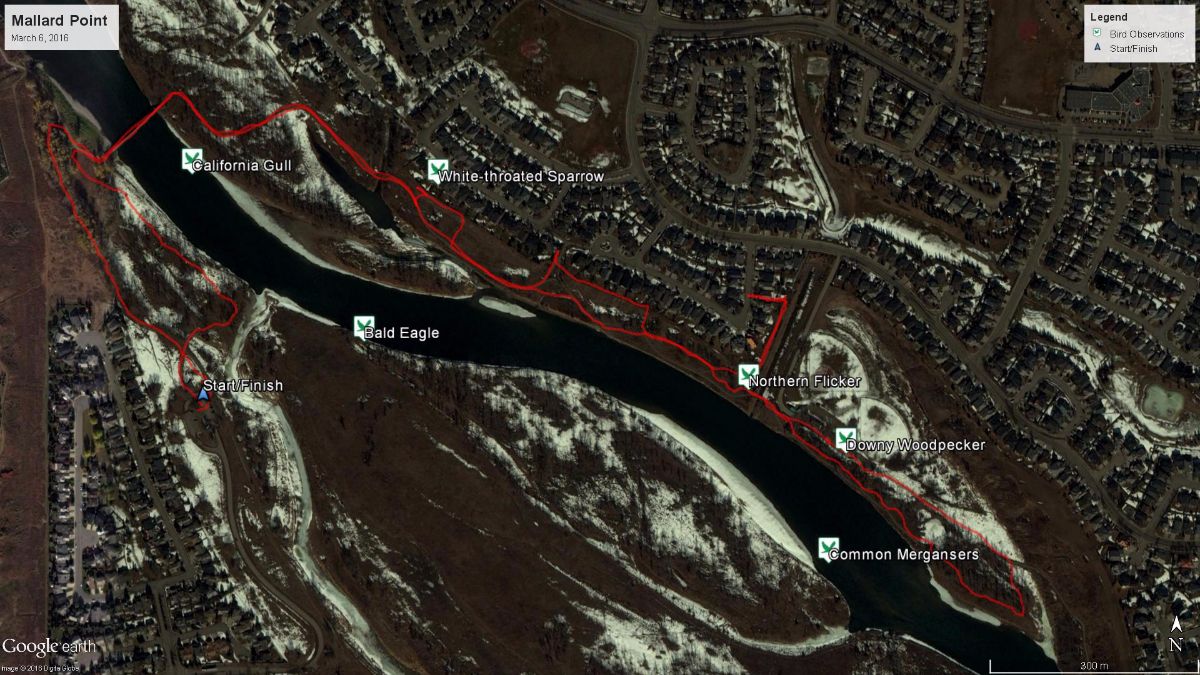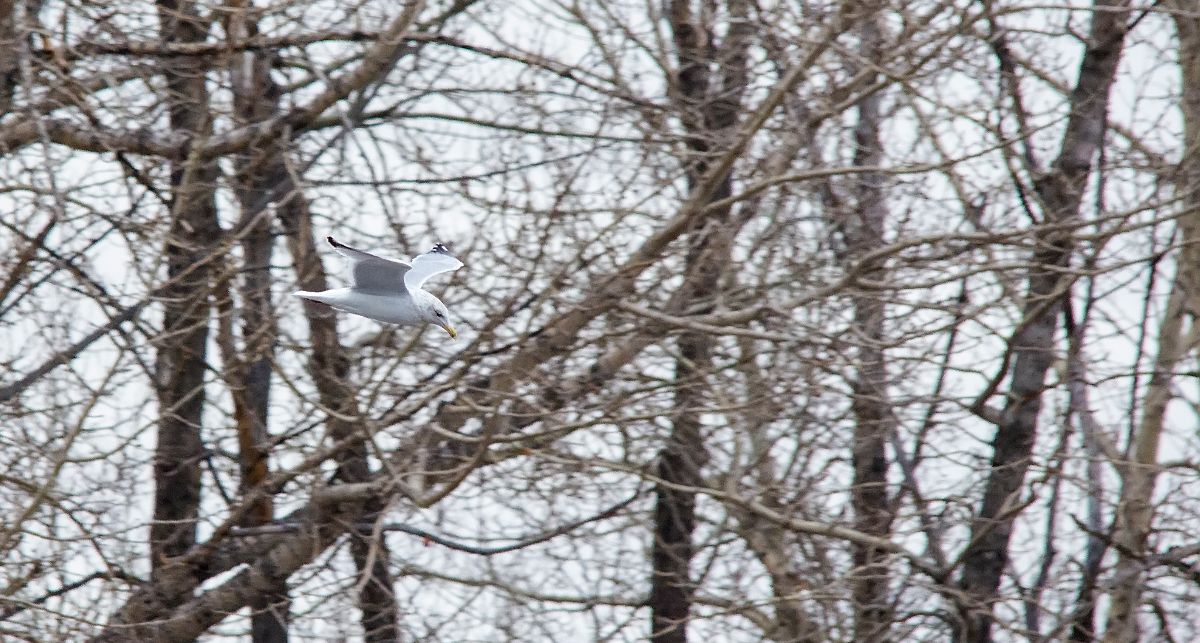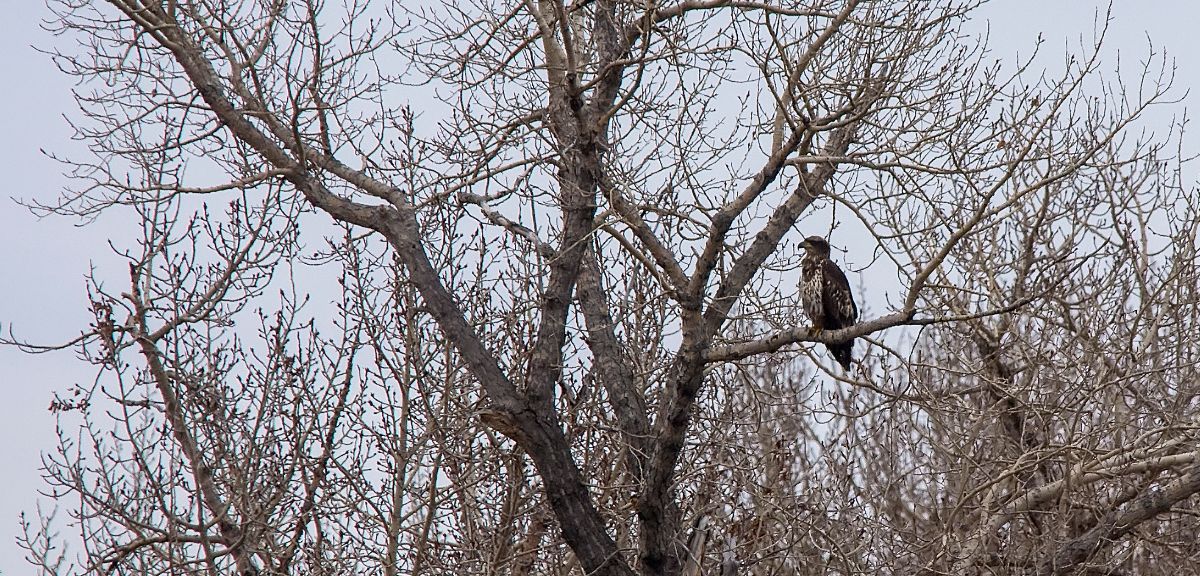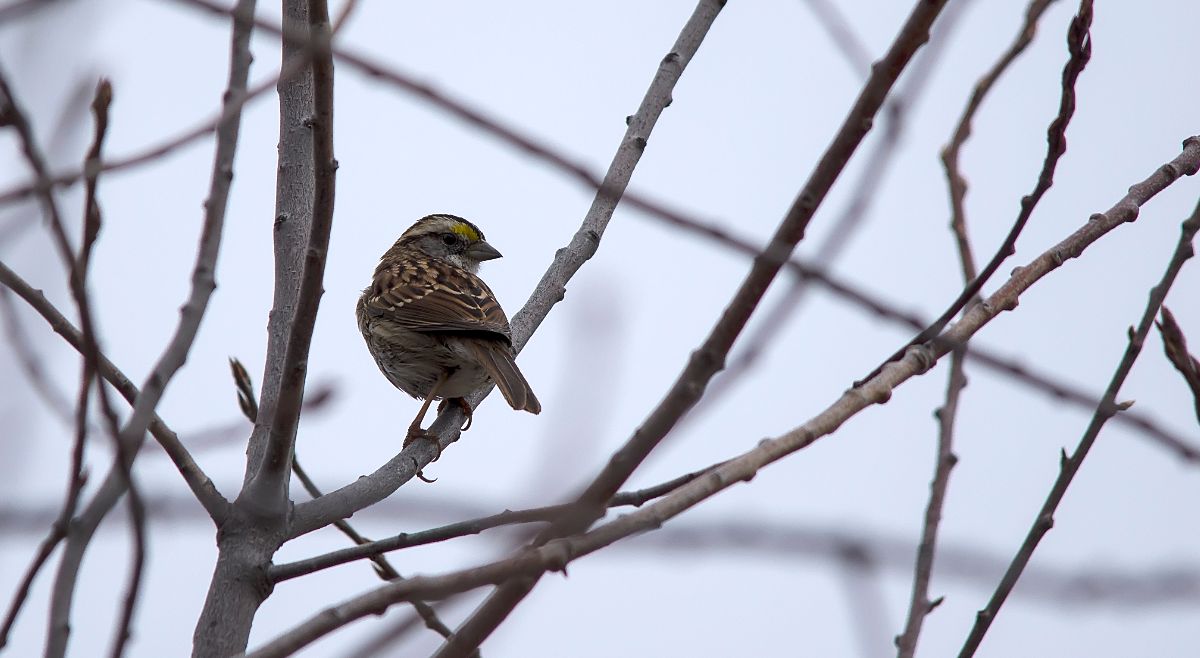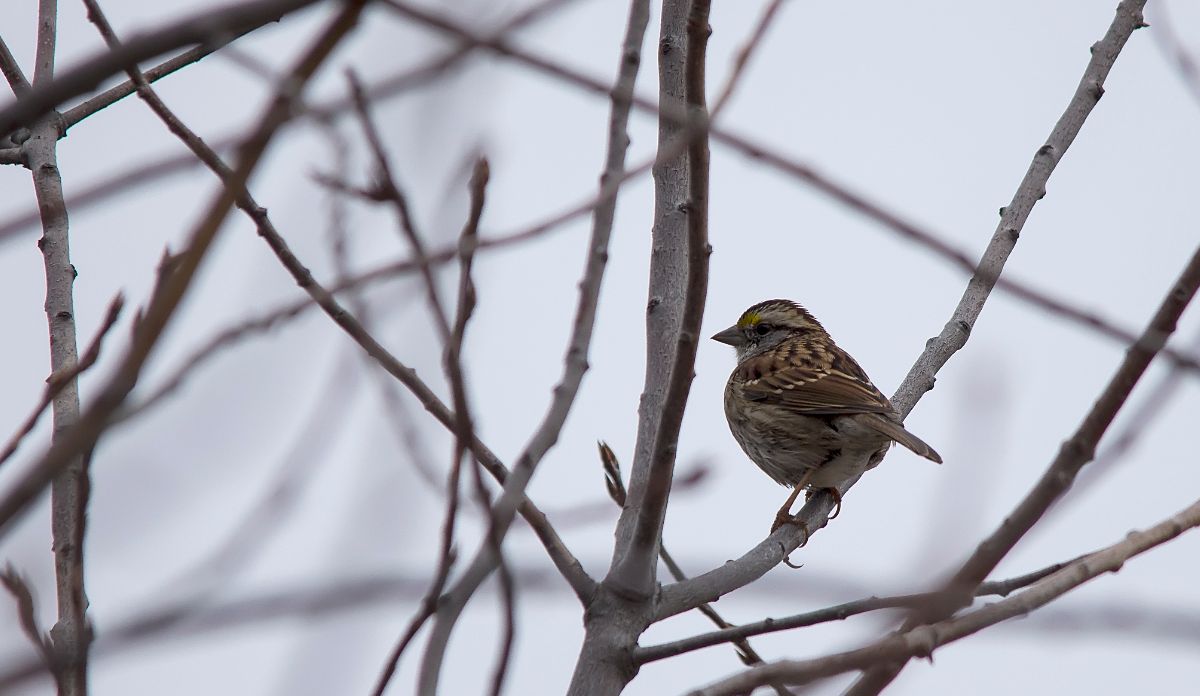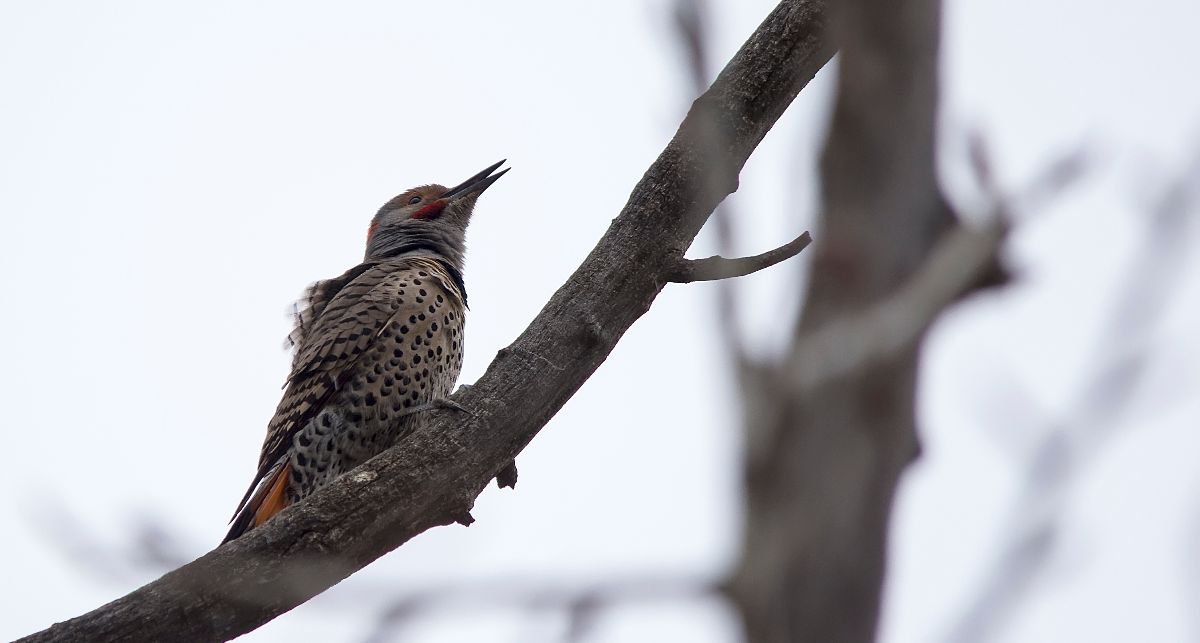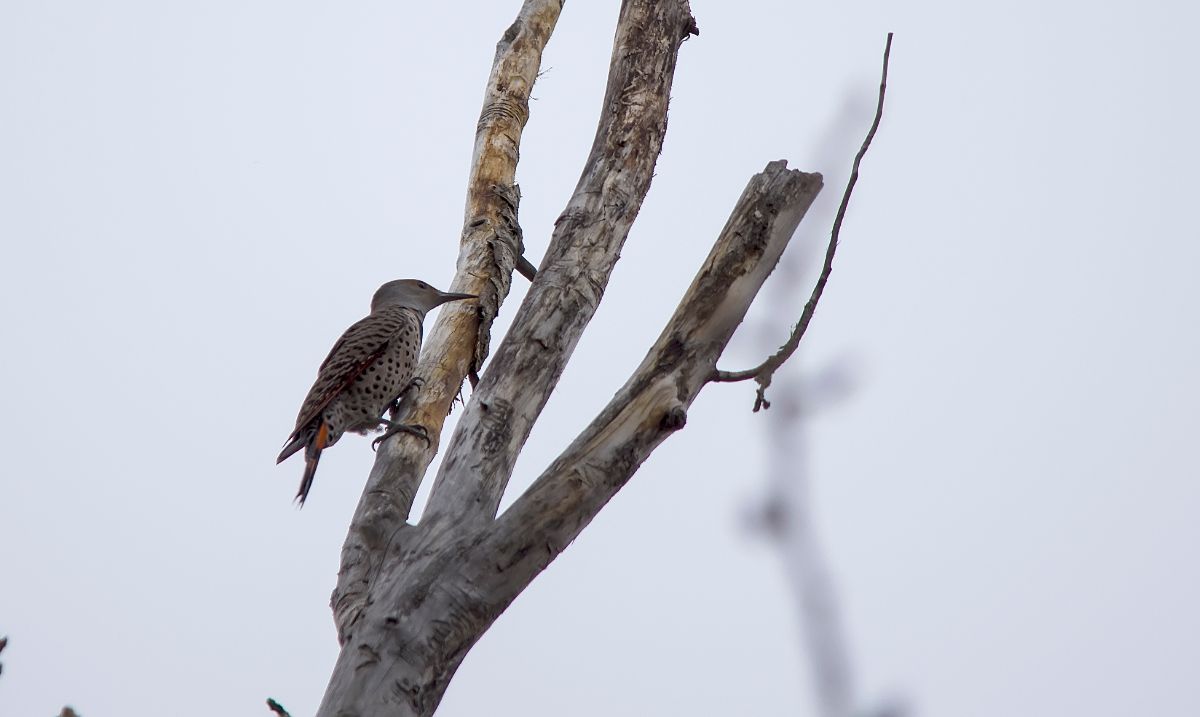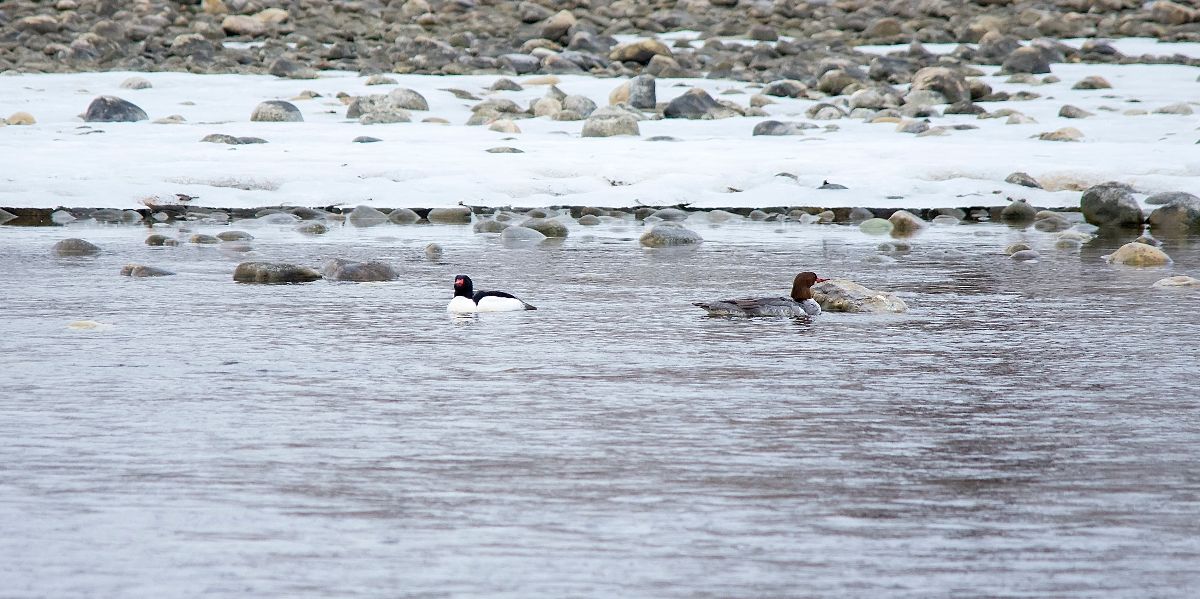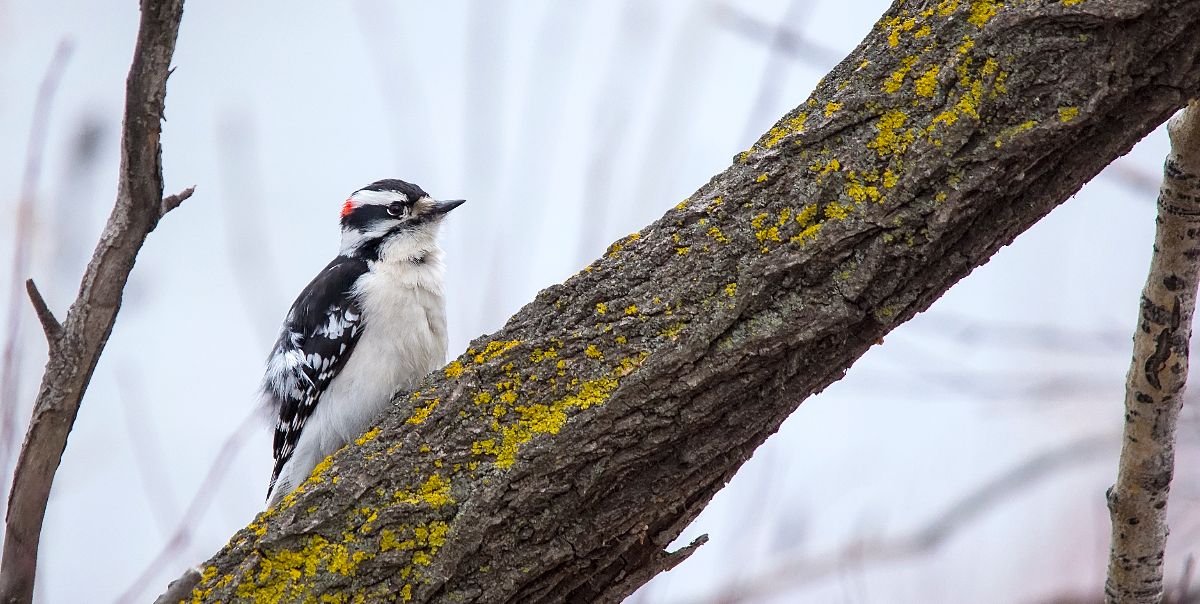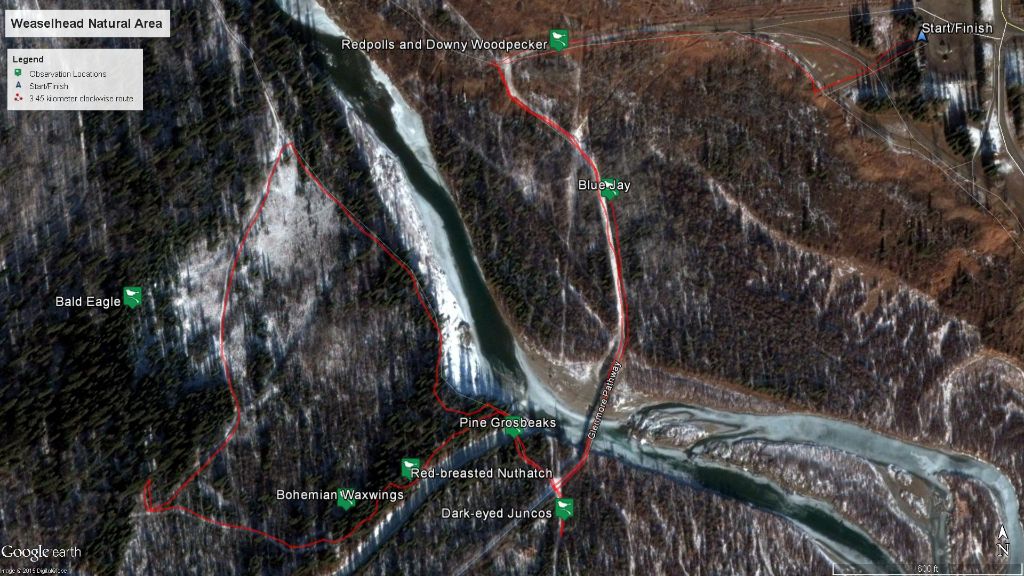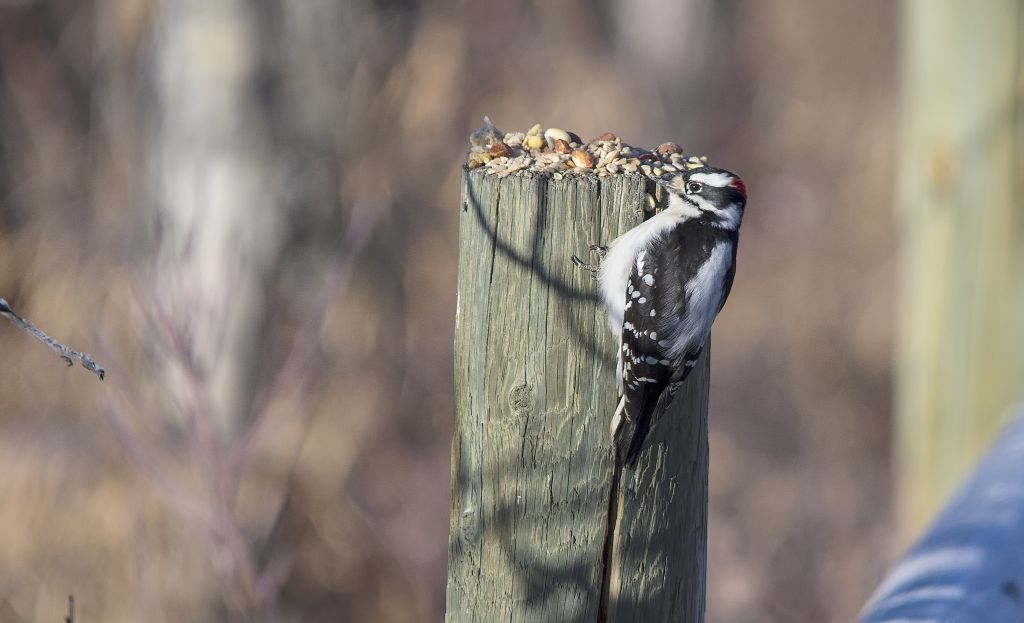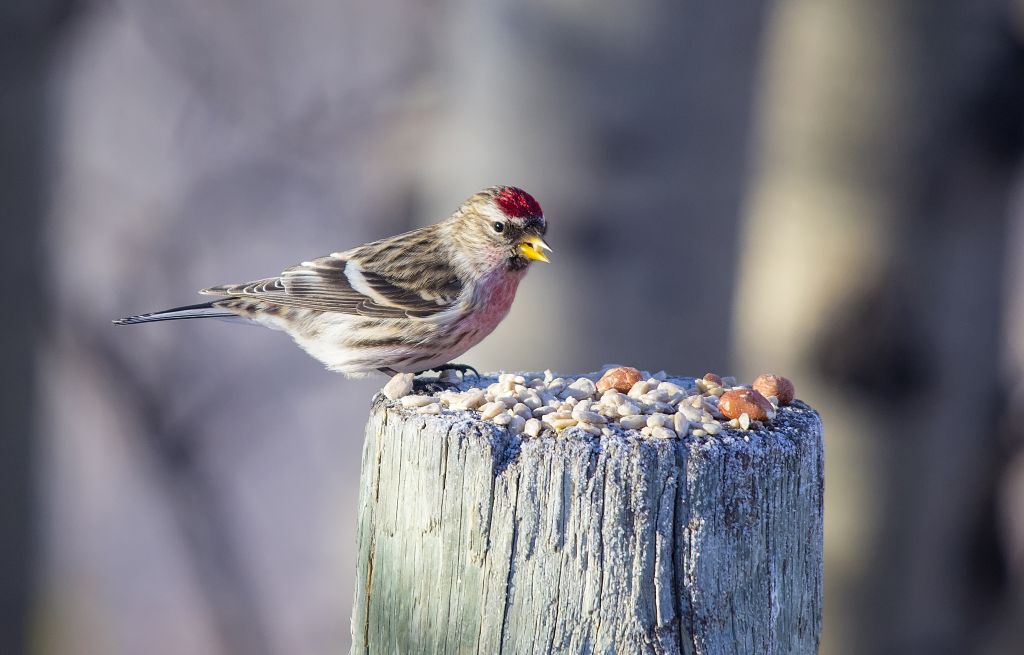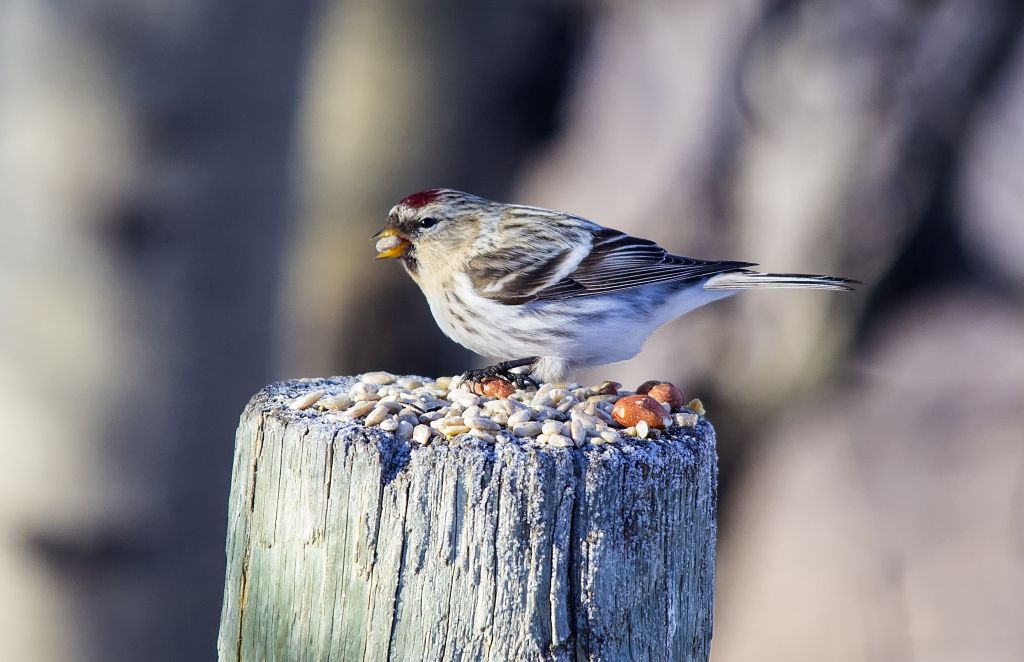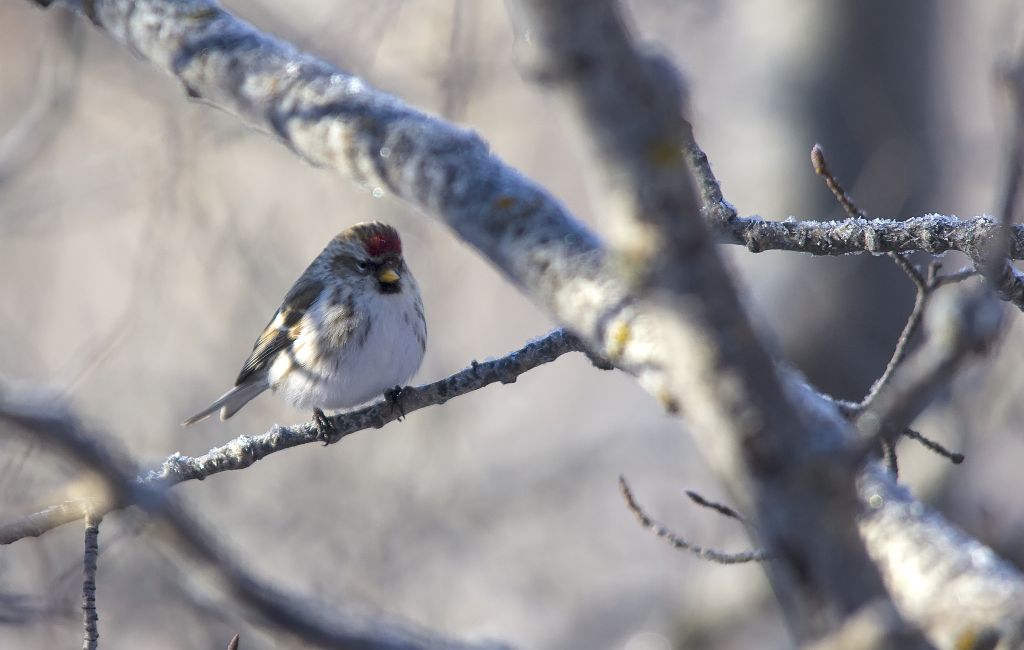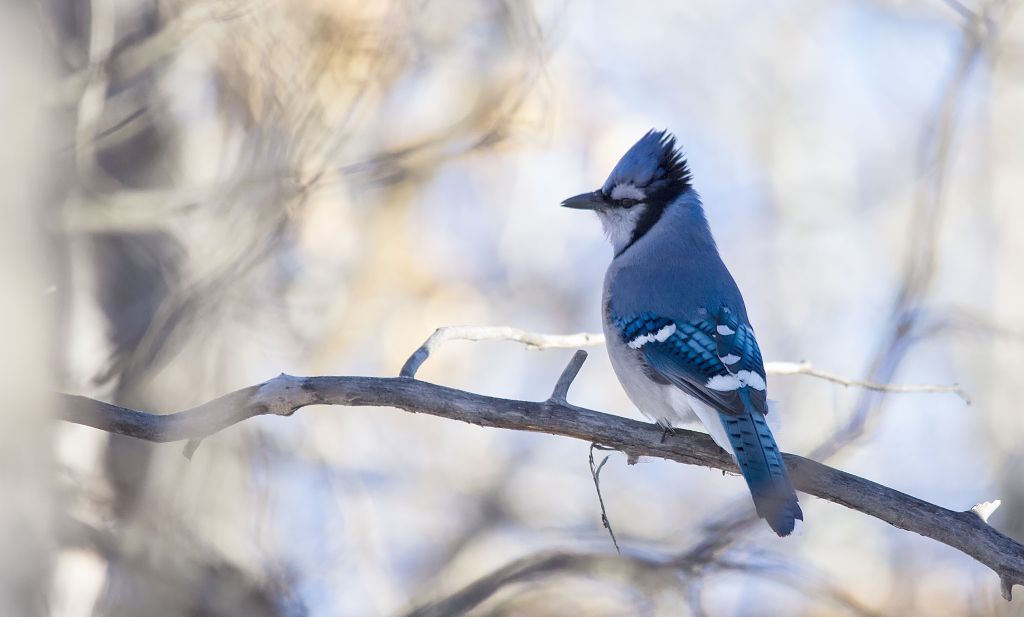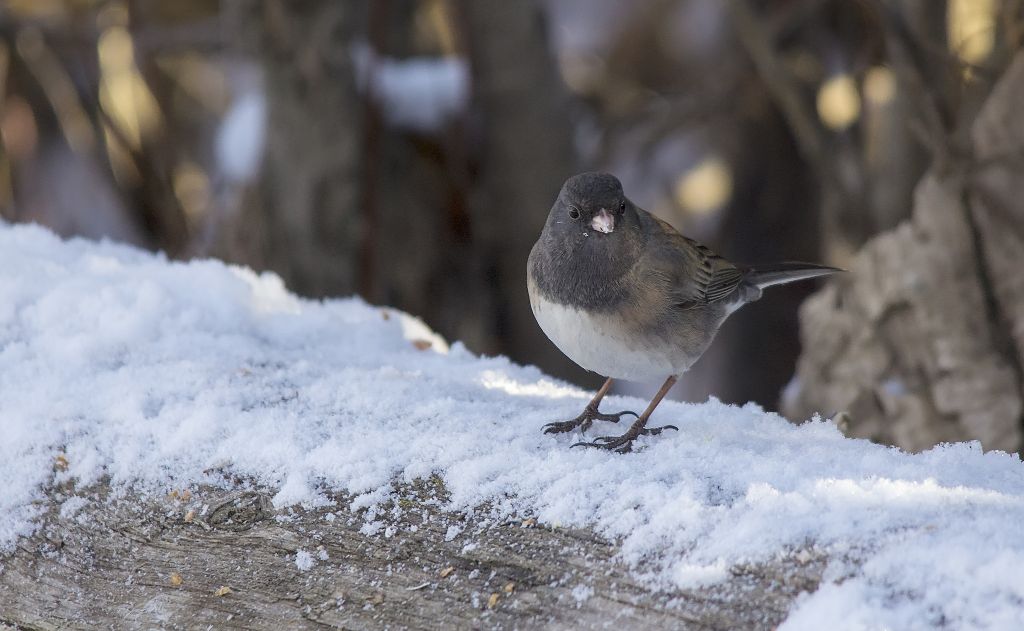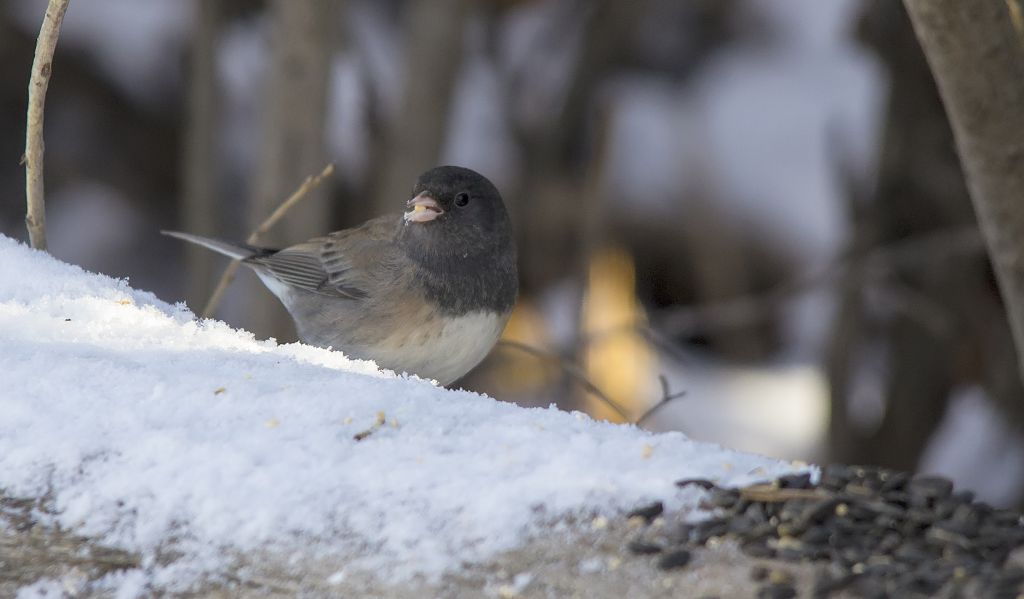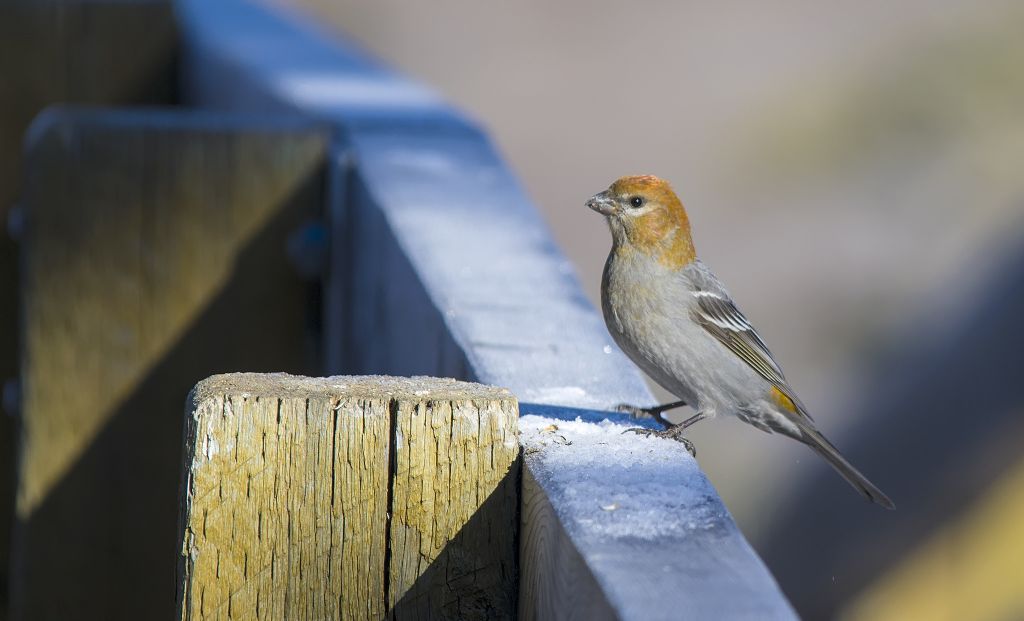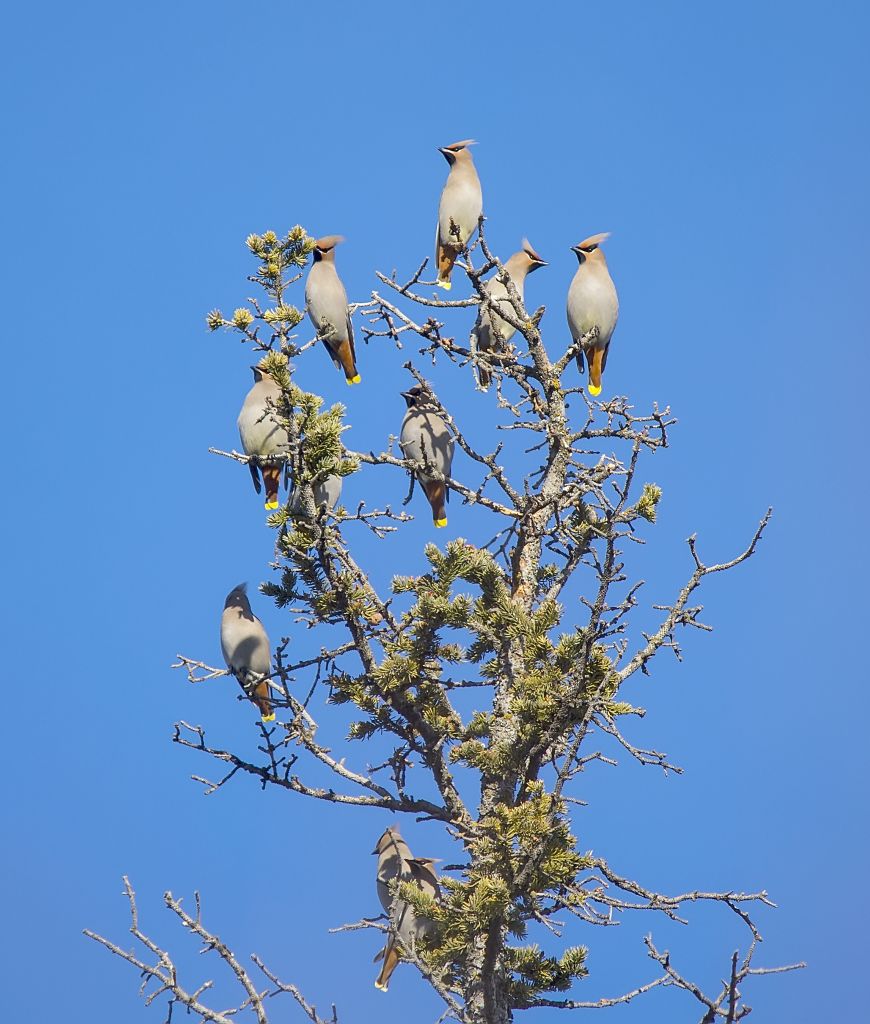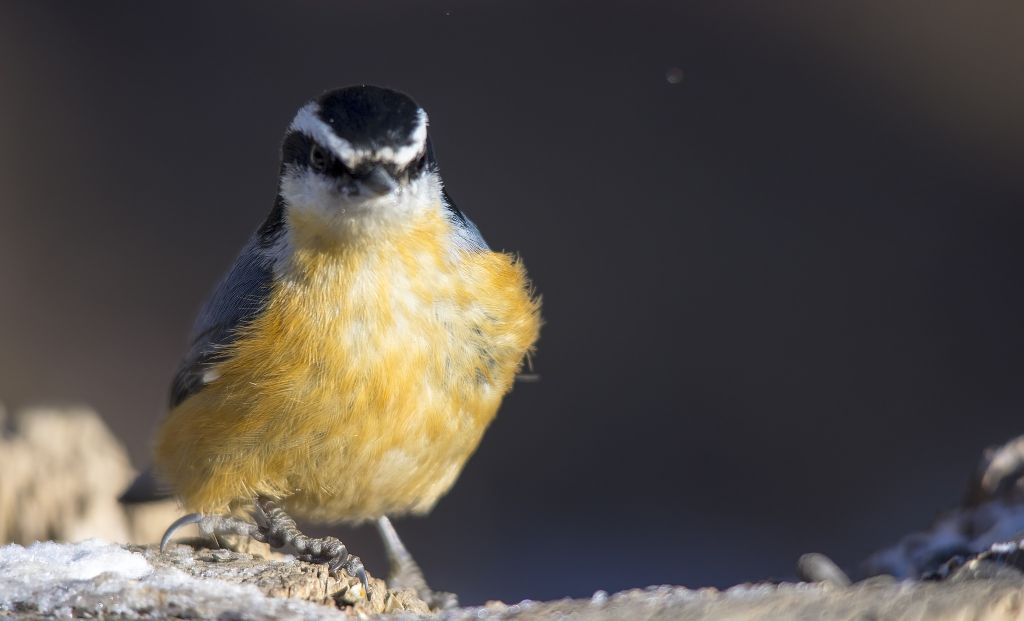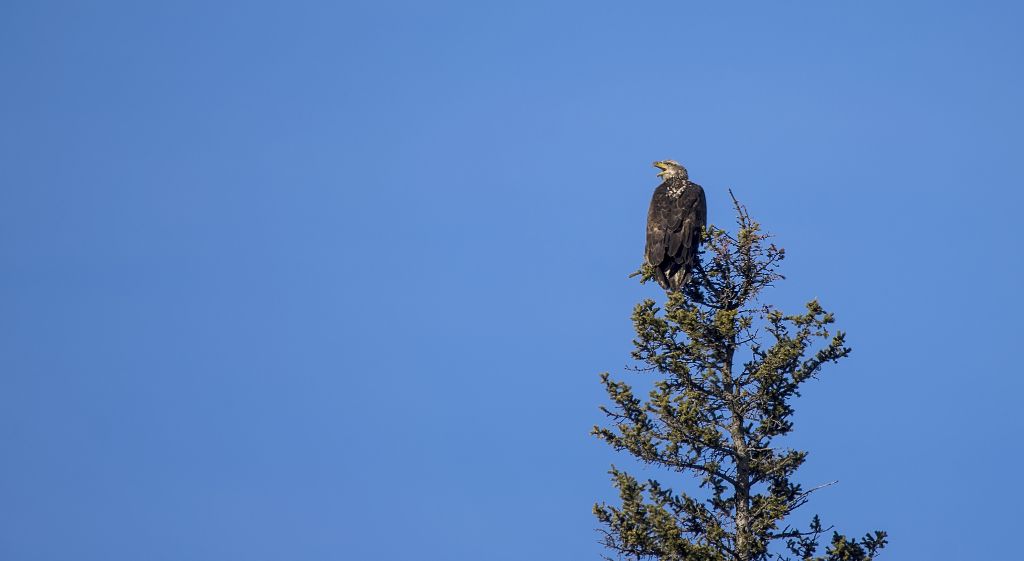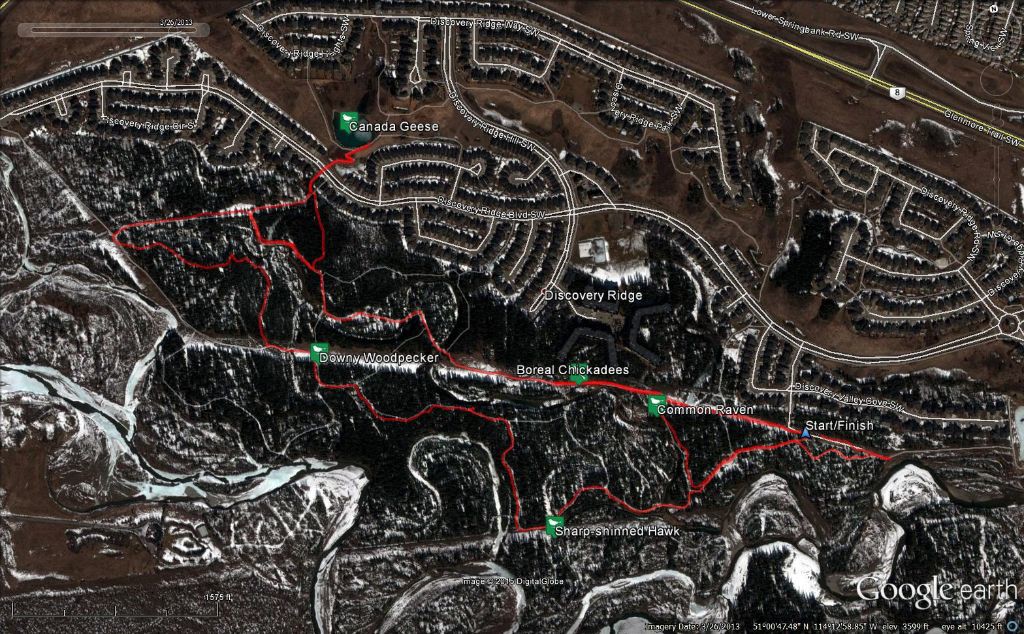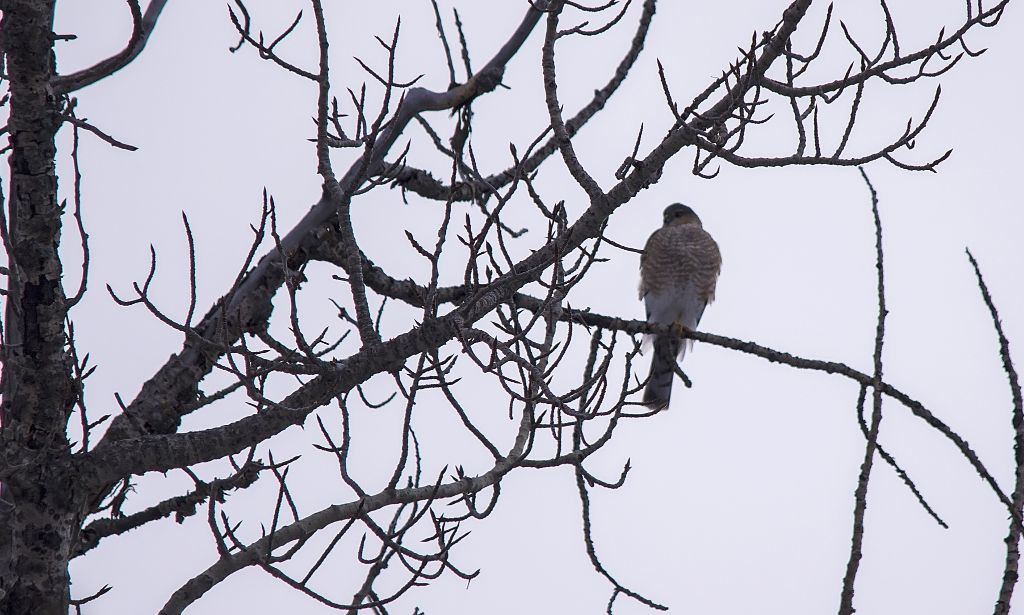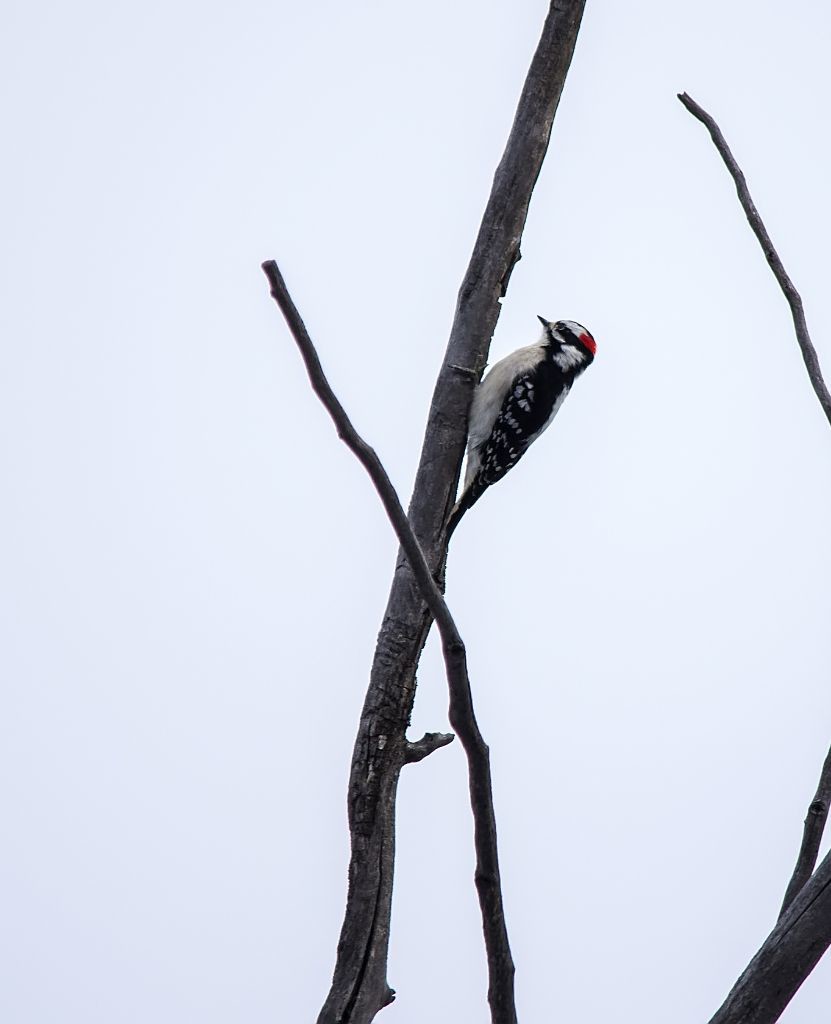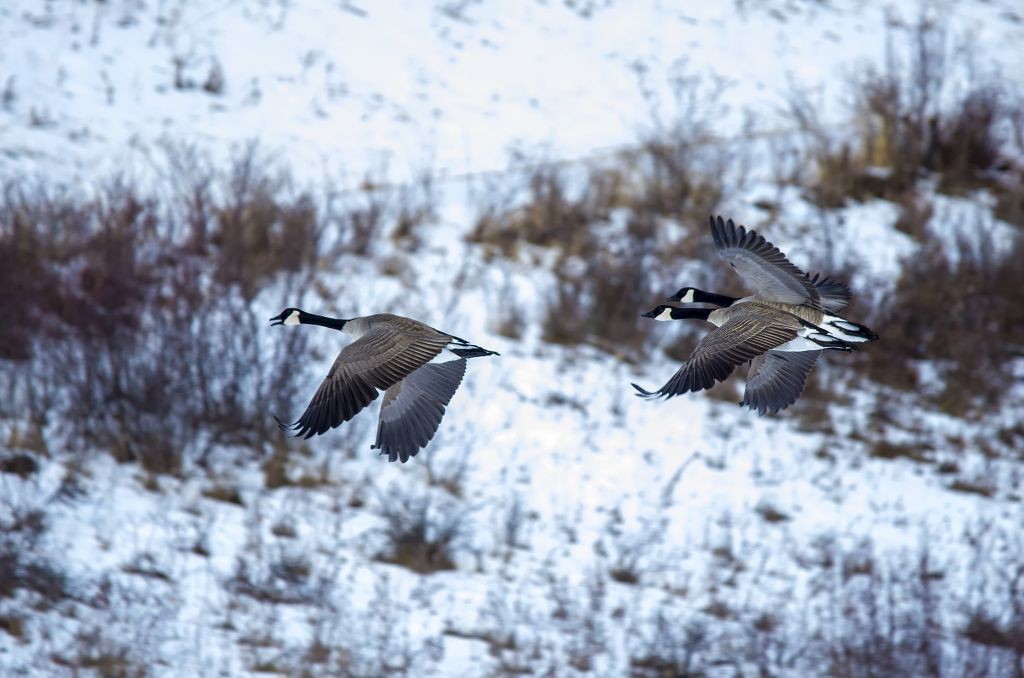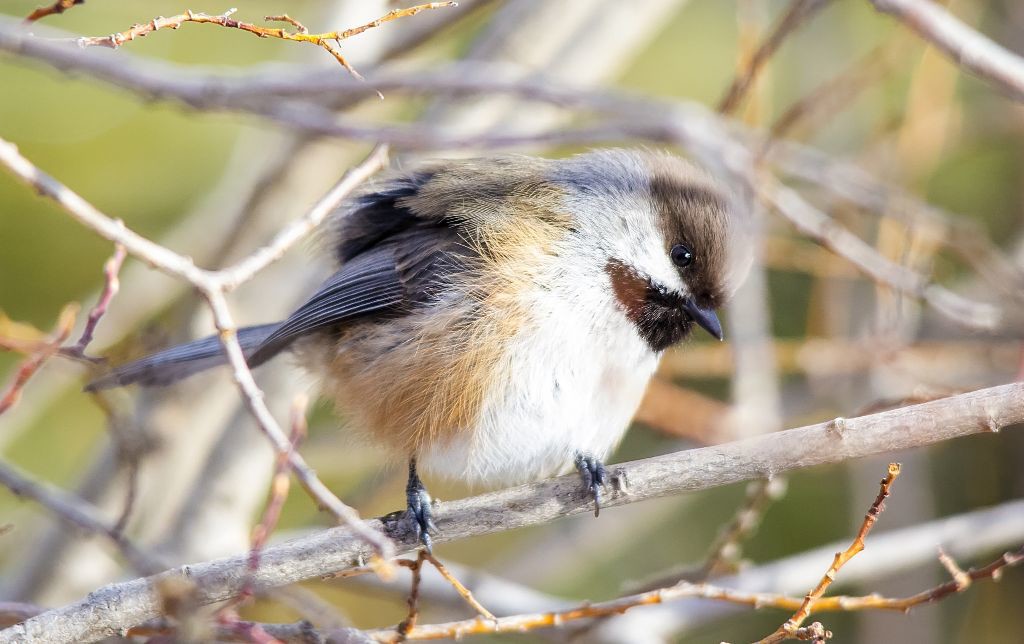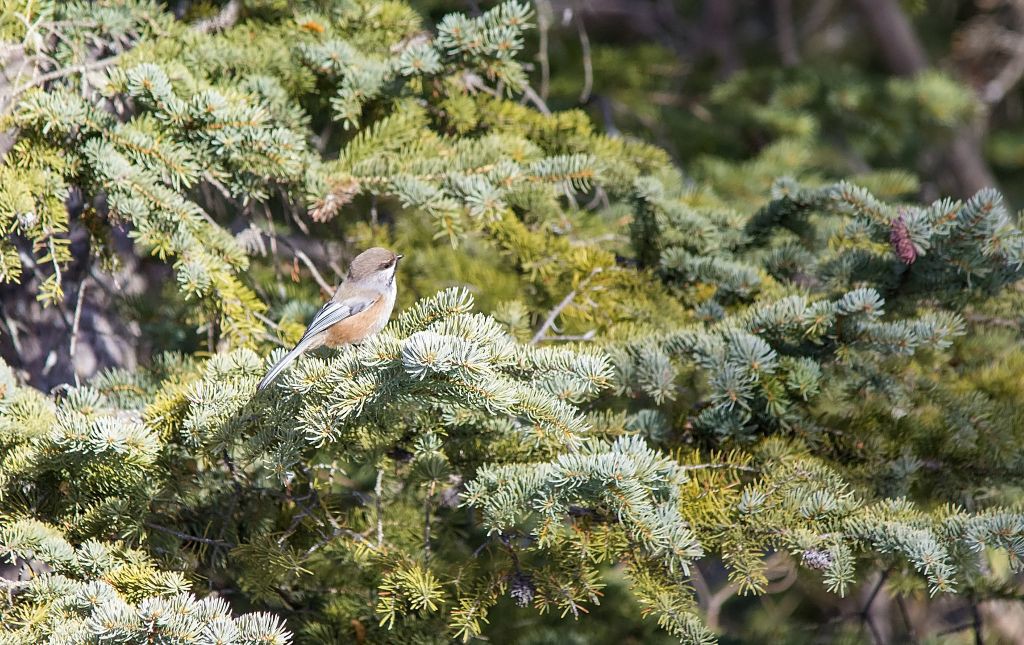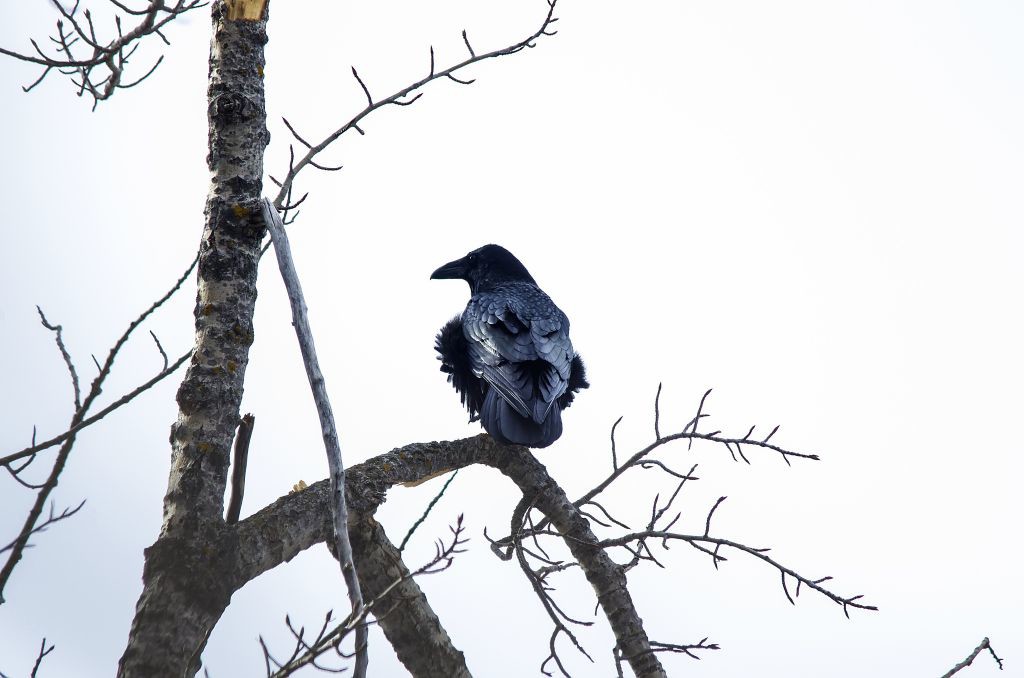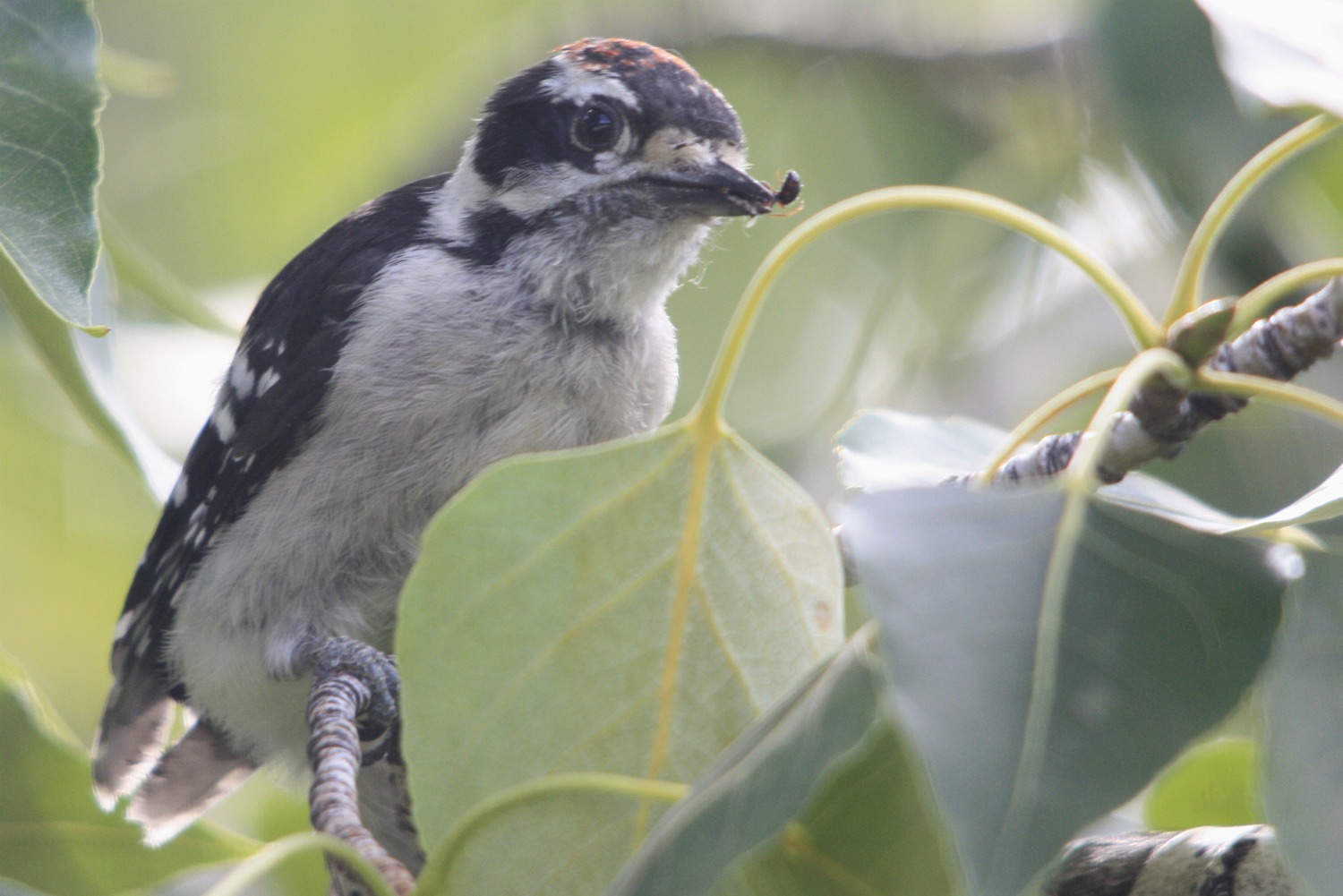Posted by Dan Arndt
It feels great to be back leading the Friends of Fish Creek walks on my days off here in Calgary! Our trip the last week of September took us to Bebo Grove in Fish Creek Provincial Park. This visit is a little earlier in the season than usual, but we were in search of a Long-eared Owl that had recently been seen there. While the owl didn’t make an appearance for any of us, we did see a whole lot of other great birds to make up for it!
Our route was a little bit different than our normal trips here, taking us along a small stream channel we’ve visited often for American Three-toed and Black-backed Woodpeckers later in the season, and have had some luck with other owls many times in the past. We did find both Hairy and Downy Woodpeckers working away on trees, pecking away to their hearts content.
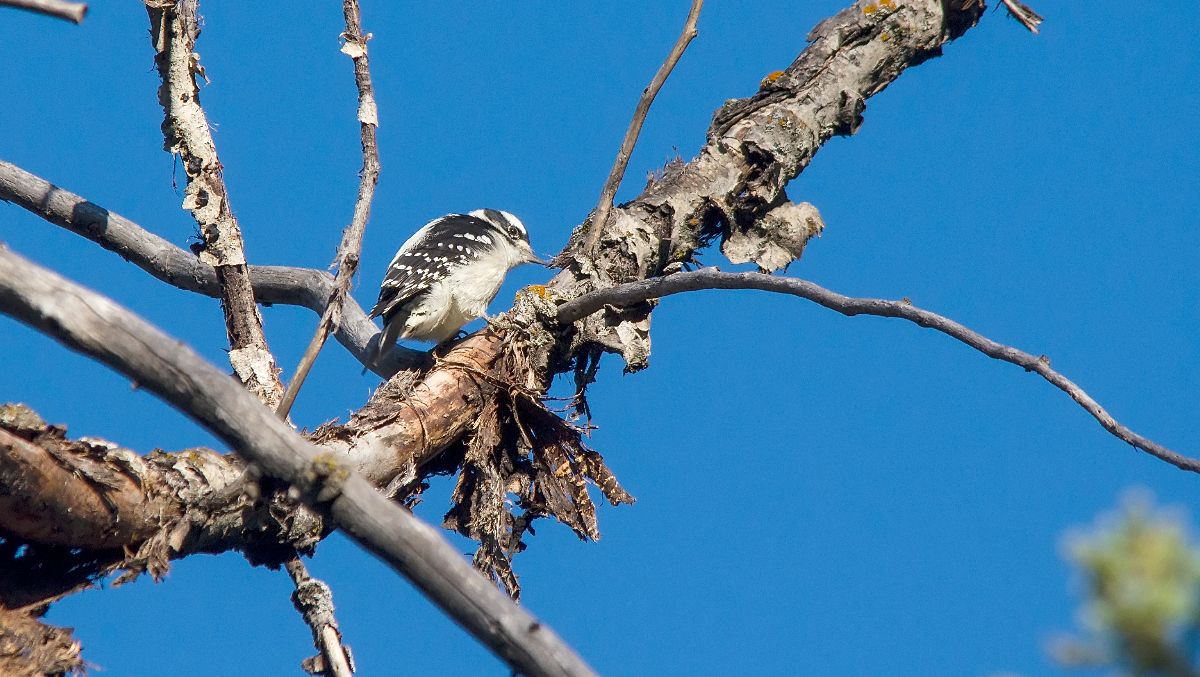
Downy Woodpecker
[exif id=”16120″]
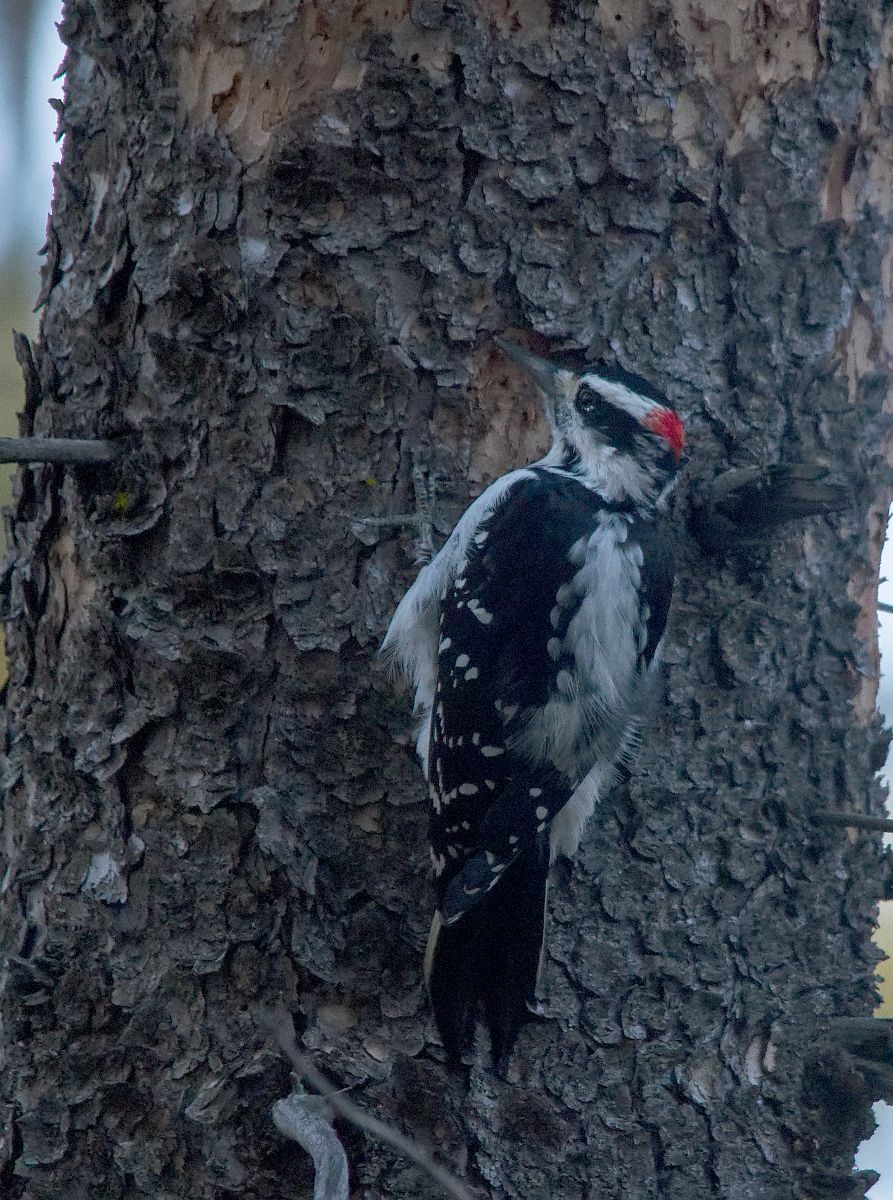
Hairy Woodpecker
[exif id=”16121″]
We stopped in for a visit to Bob, the leucistic Red-breasted Nuthatch that has been resident in this patch for a number of years now. During our brief visit we also heard the calls of a good number of Golden-crowned Kinglets, a couple of Brown Creepers, and even the odd Boreal Chickadee in the mixed flock before heading over across the creek.
A quick stop to look and listen for some birds produced this handsome Cooper’s Hawk, which immediately caused a commotion among the songbirds nearby as it dove down into the brush and out of sight within moments.
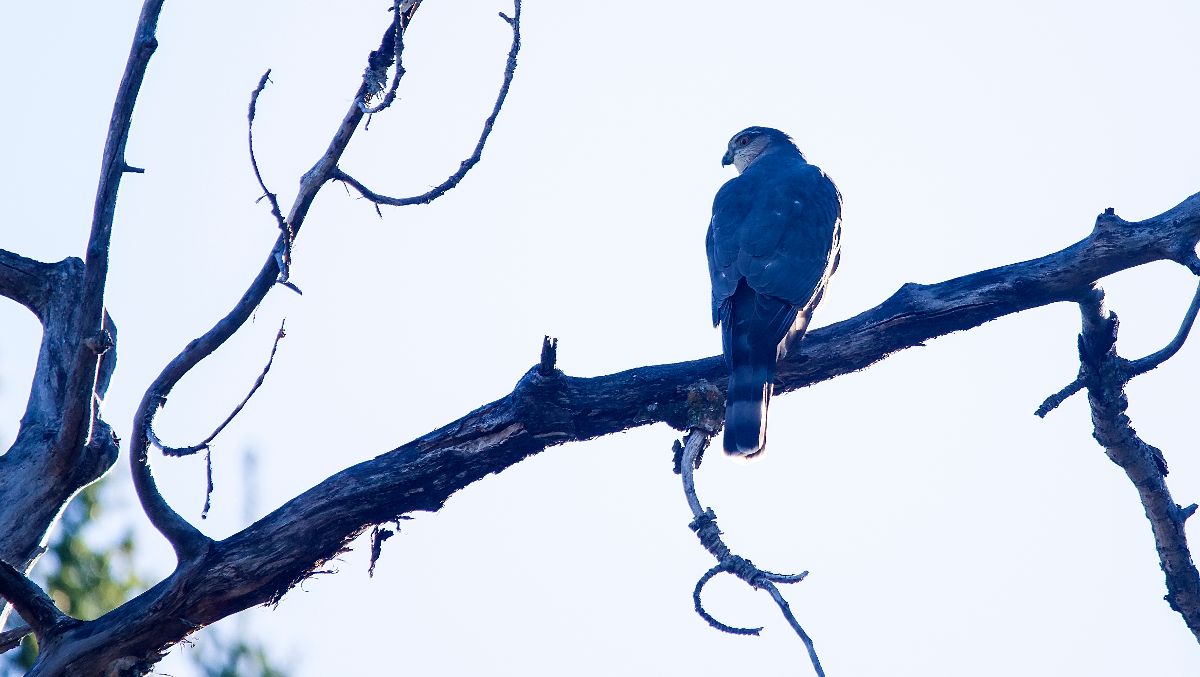
backlit Cooper’s Hawk
[exif id=”16122″]
From here, we headed deeper into the park and ultimately emerged near the Marshall Springs runoff ponds. The tell-tale chip notes of Savannah, Lincoln’s, Song, and a Clay-colored Sparrow were heard readily, but we spent over half an hour just trying for the briefest of looks at these skulky, cautious fall migrants. Thankfully these Ring-necked Ducks were not anywhere near as shy, and posed for us out in the warm, bright sunlight.
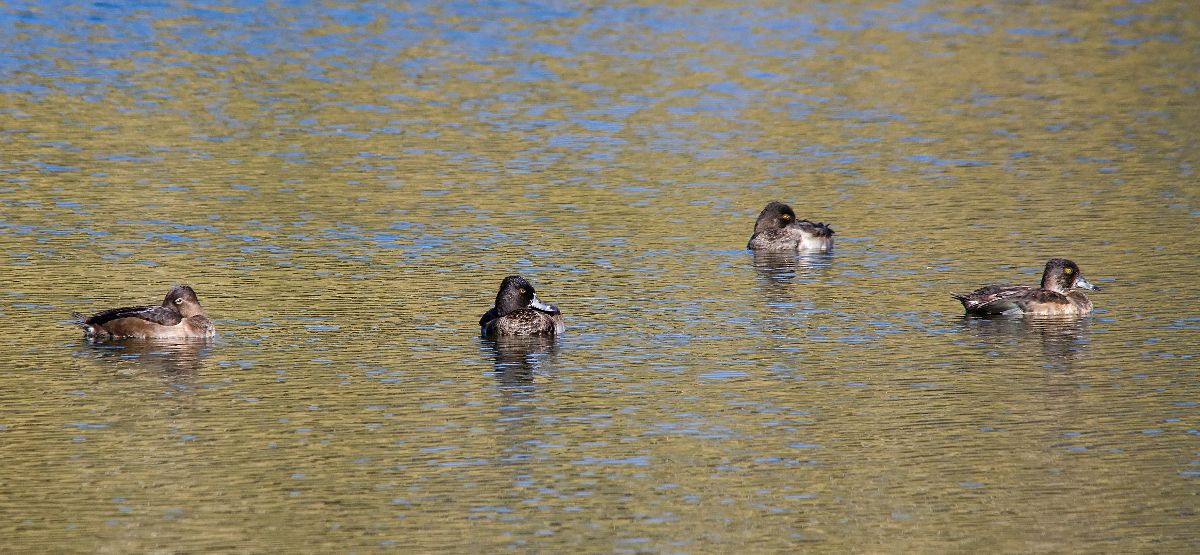
Ring-necked Ducks
[exif id=”16119″]
These ponds turned out to be some of our best spots to see any of the birds we were to see, as we had another good view of a Cooper’s Hawk flying towards the east, quite possibly the same individual we saw earlier.

Cooper’s Hawk in flight
[exif id=”16116″]
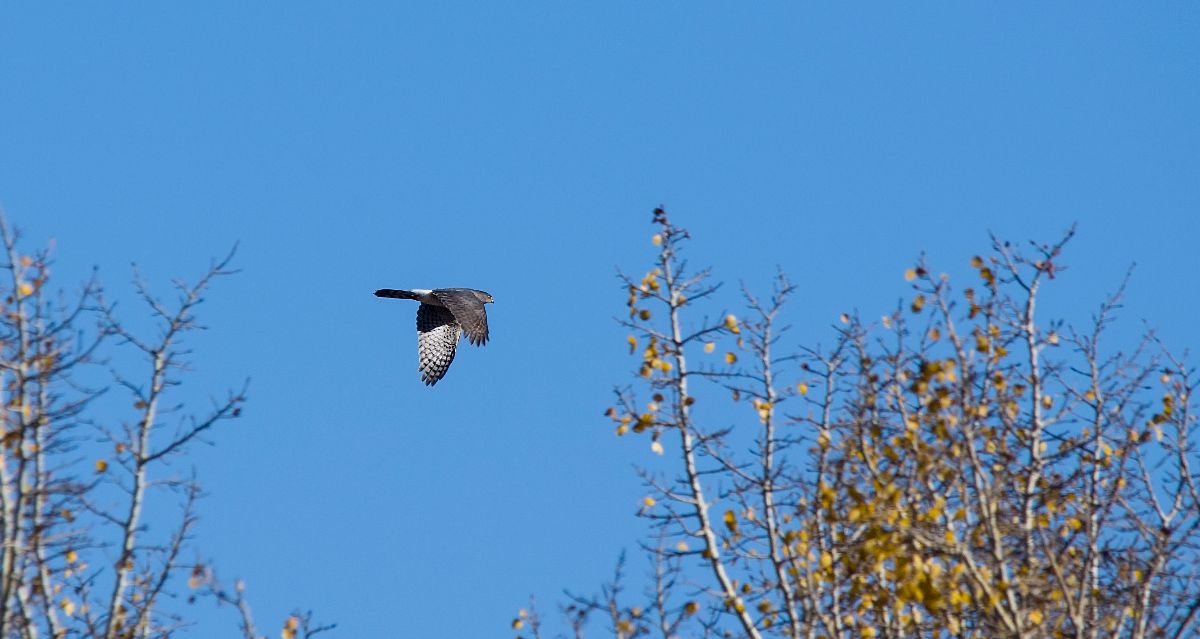
Cooper’s Hawk in flight
[exif id=”16117″]
In addition to the hawk, we had brief flybys of a late season Belted Kingfisher, and got distant looks at a pair of Hooded Mergansers on the easternmost pond. These beautiful waterfowl are always such a treat to see!
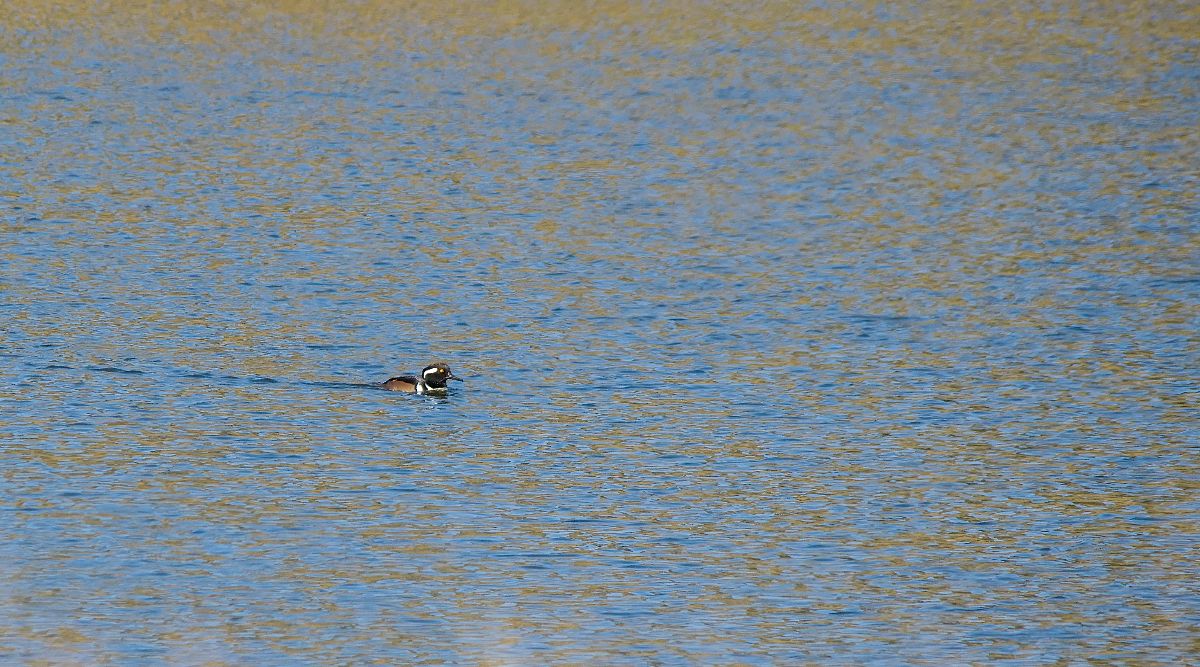
male Hooded Merganser
[exif id=”16123″]
With the excitement of the ponds behind us, we headed back down towards the starting point and had a fairly quiet trip back. We did get a few more looks at another Boreal Chickadee foraging up in the spruce trees lining the pathway.
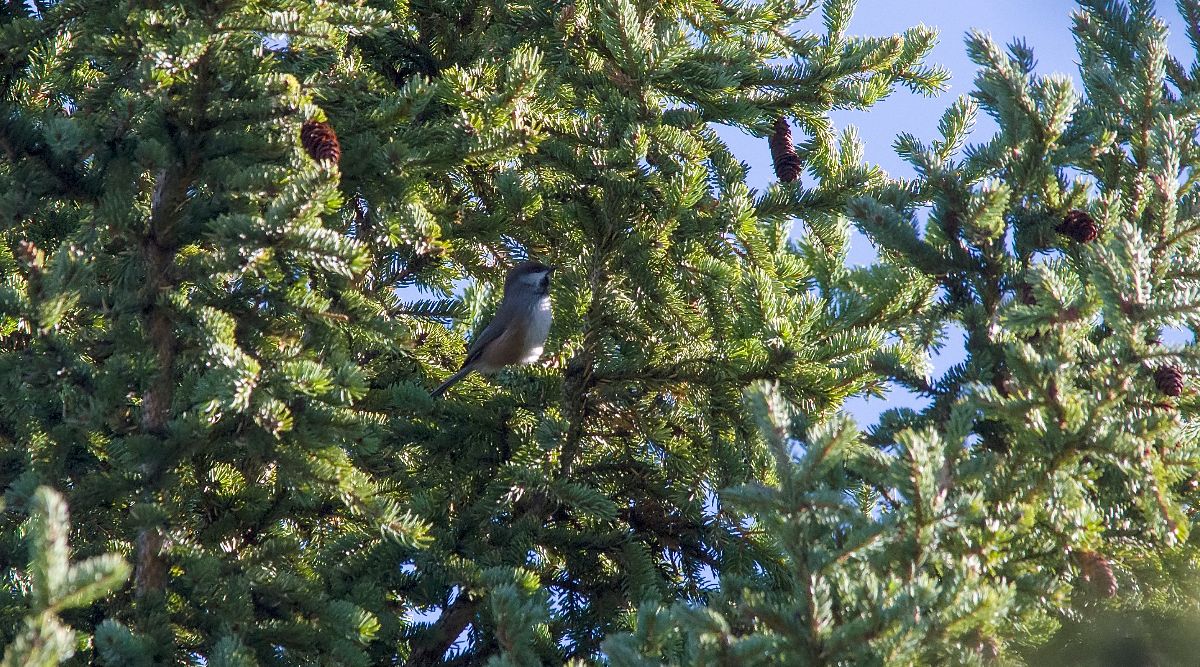
Boreal Chickadee
[exif id=”16124″]
All in all, it was a beautiful autumn day. The birds were as cooperative as one could expect this late in the year, and I’m looking forward to the next outing already!
Good birding!












